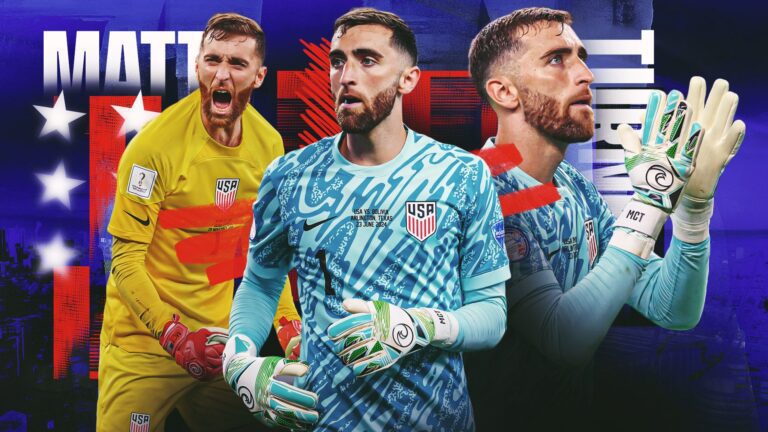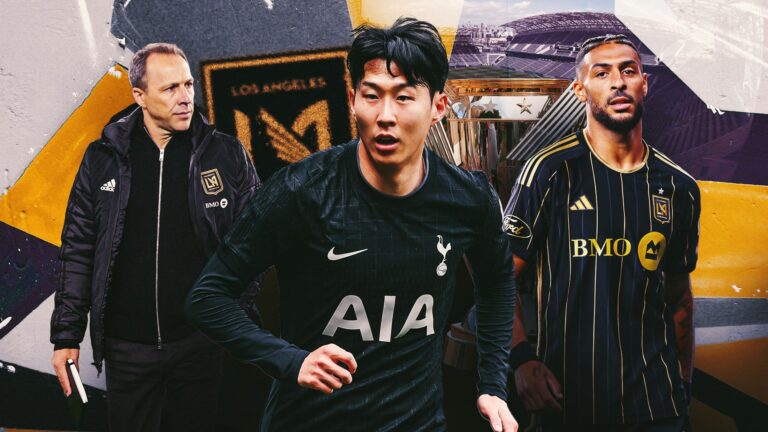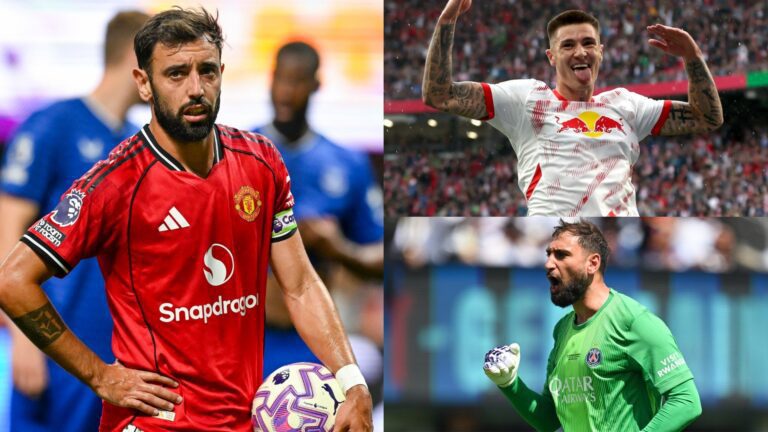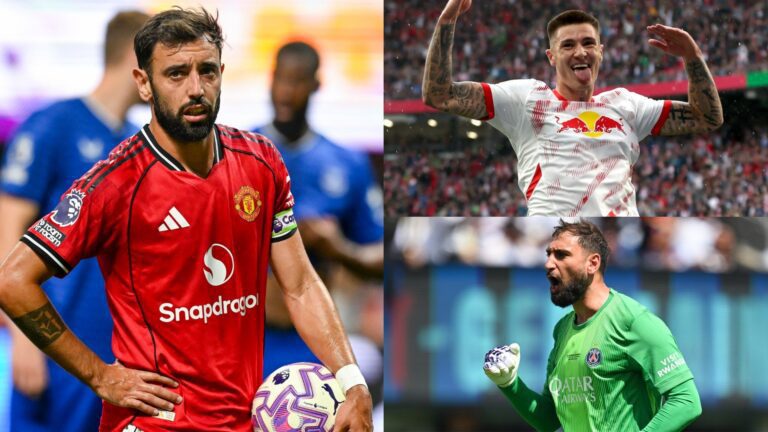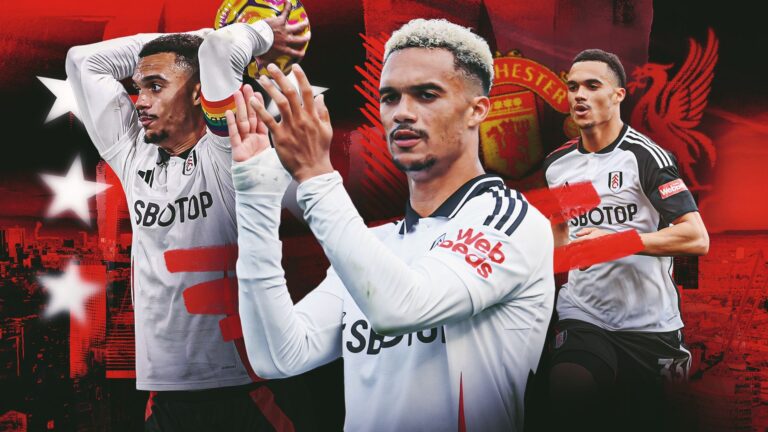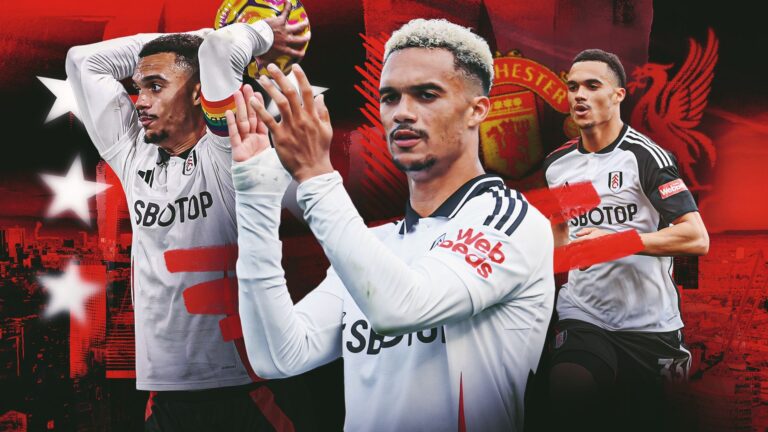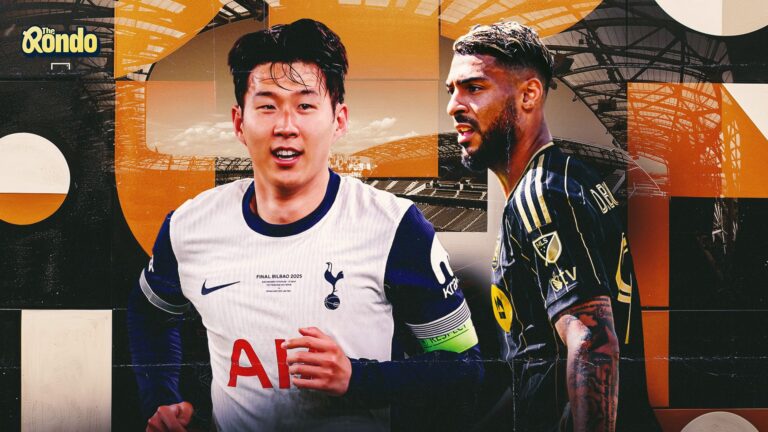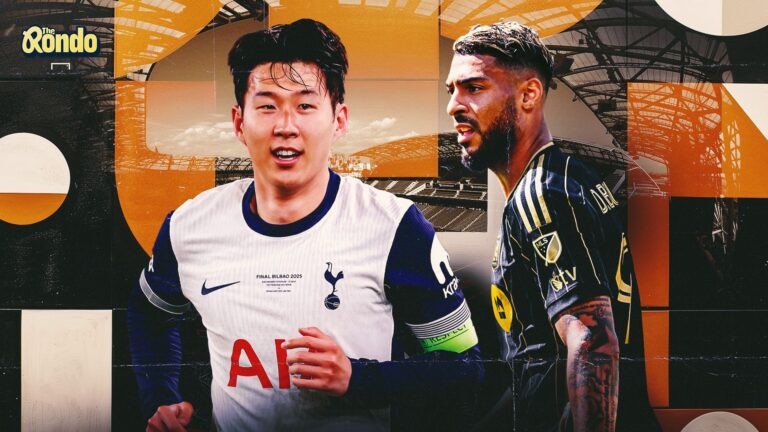Unlocking the USMNT’s Defensive Backbone: Who Steps Up Beside Chris Richards?
As the U.S. men’s national team gears up for the 2026 World Cup, the spotlight shines brightly on their defensive core. For cycles now, the centerback position has lingered as a puzzle, with fans and coaches alike yearning for emerging talents to solidify the backline. Now, with Chris Richards emerging as a cornerstone, the focus shifts to finding his ideal complement-a decision that could define the team’s success on home soil.
The Established Leader: Chris Richards Takes Charge
Throughout recent World Cup preparations, and even tracing back to 2022, the central defense has posed ongoing challenges for the USMNT. The squad has long anticipated a fresh wave of defenders to step forward, and that evolution is underway, particularly among the elite options.
Chris Richards stands out as the premier centerback for the USMNT. Any lingering uncertainties were dispelled following his stellar Gold Cup performance. Fresh off lifting the FA Cup with Crystal Palace, Richards evolved into a commanding figure this summer, transitioning from the promising “Centerback of Tomorrow” to the indispensable “Centerback of Today.” This development is a major boost for coach Mauricio Pochettino and the team, providing a reliable anchor who’s proven his mettle in top-tier competitions.
However, a strong defense demands a duo. Richards serves as a key pillar, yet he requires a solid teammate to form the sturdy base of the USMNT’s structure. A mix of rookies and seasoned players are in contention, and the race for the second centerback spot promises to be intense right up to the final selections. Identifying this partner is crucial as Pochettino builds the team’s core for the upcoming World Cup.
In the wake of the Gold Cup, BALLGM examines the USMNT’s current landscape, breaking down the key positional rivalries that will shape the roster for next year’s tournament. This installment focuses on centerbacks.
Previous State of the USMNT: Goalkeepers | Fullbacks

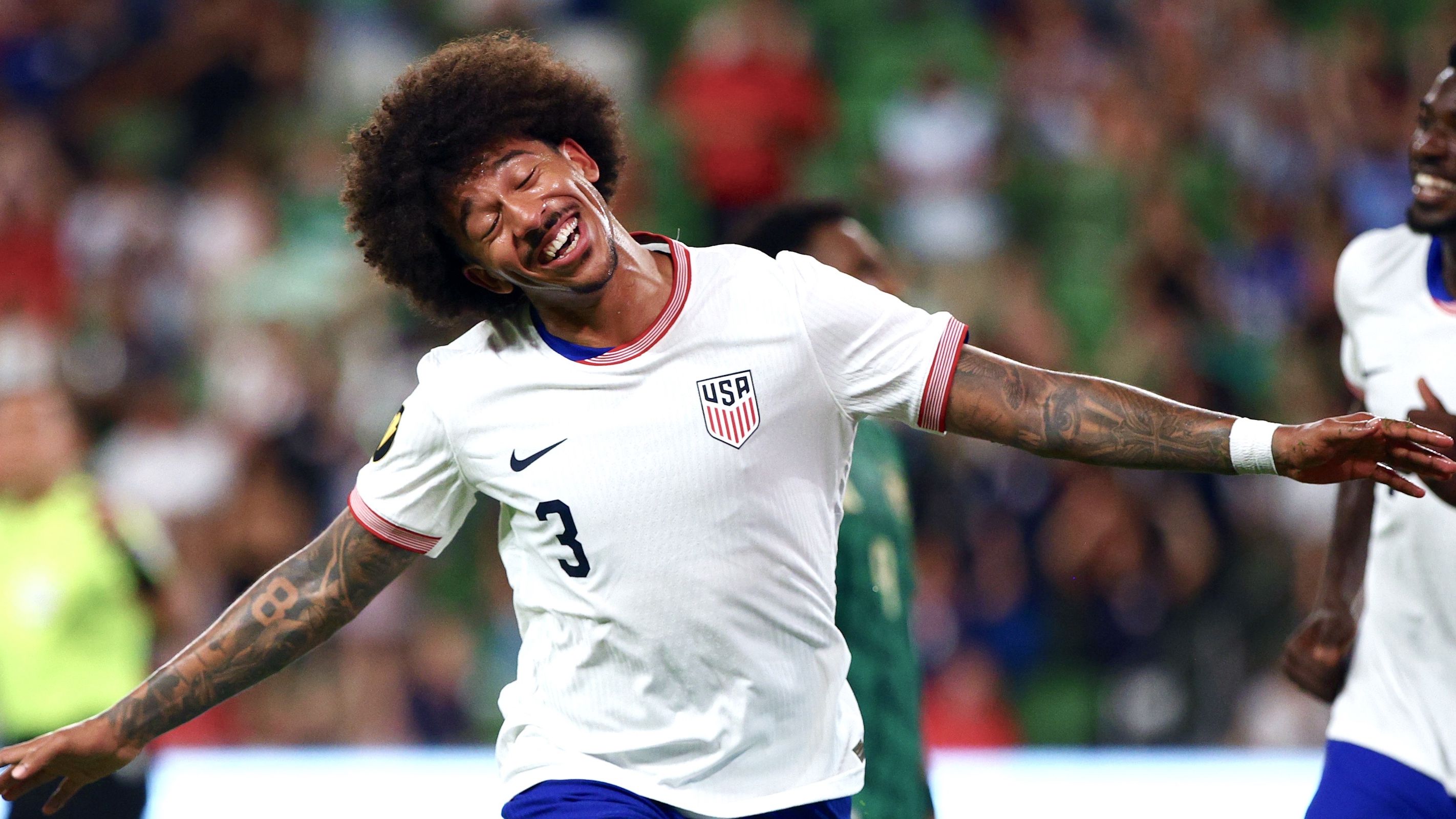
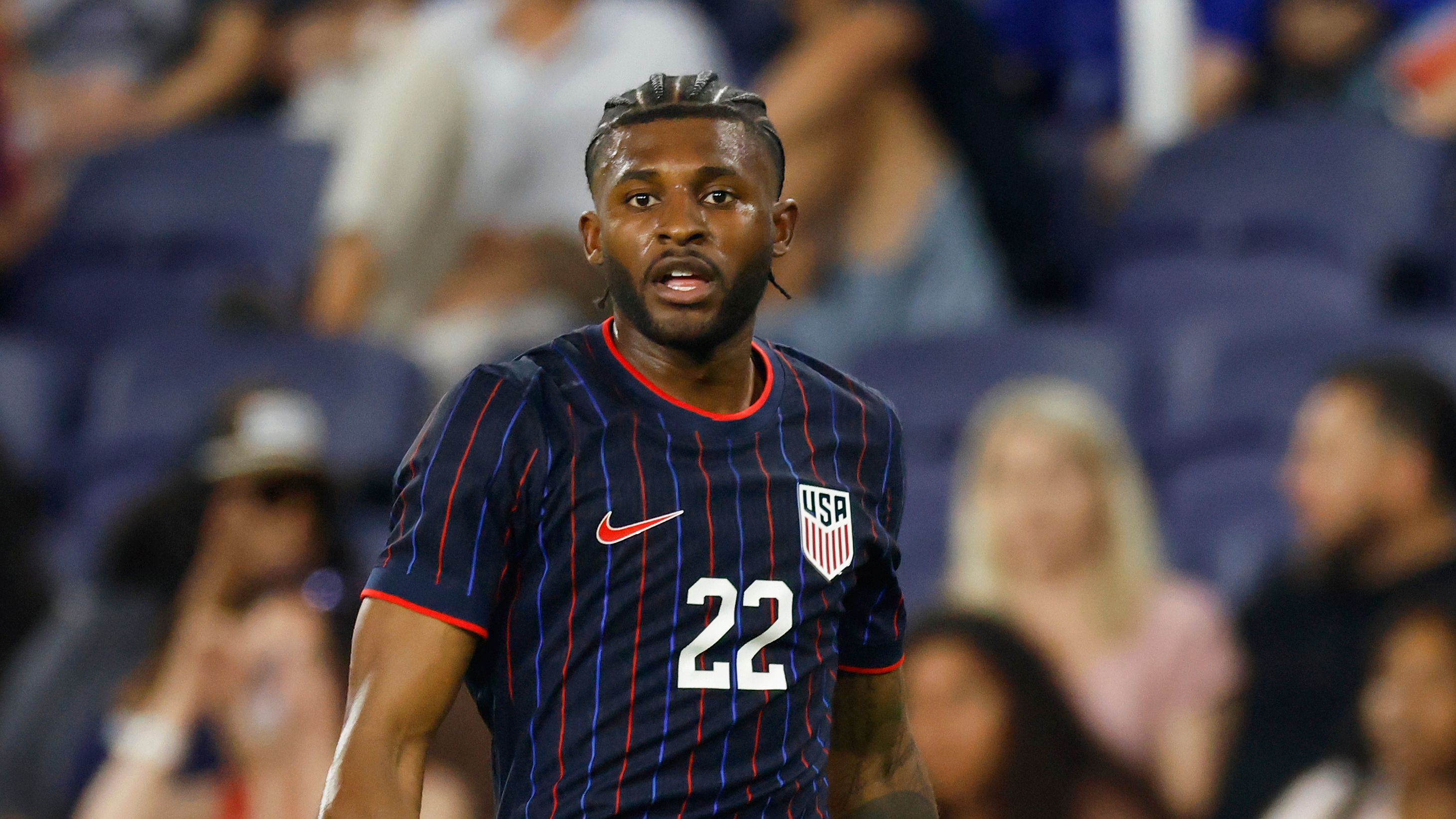
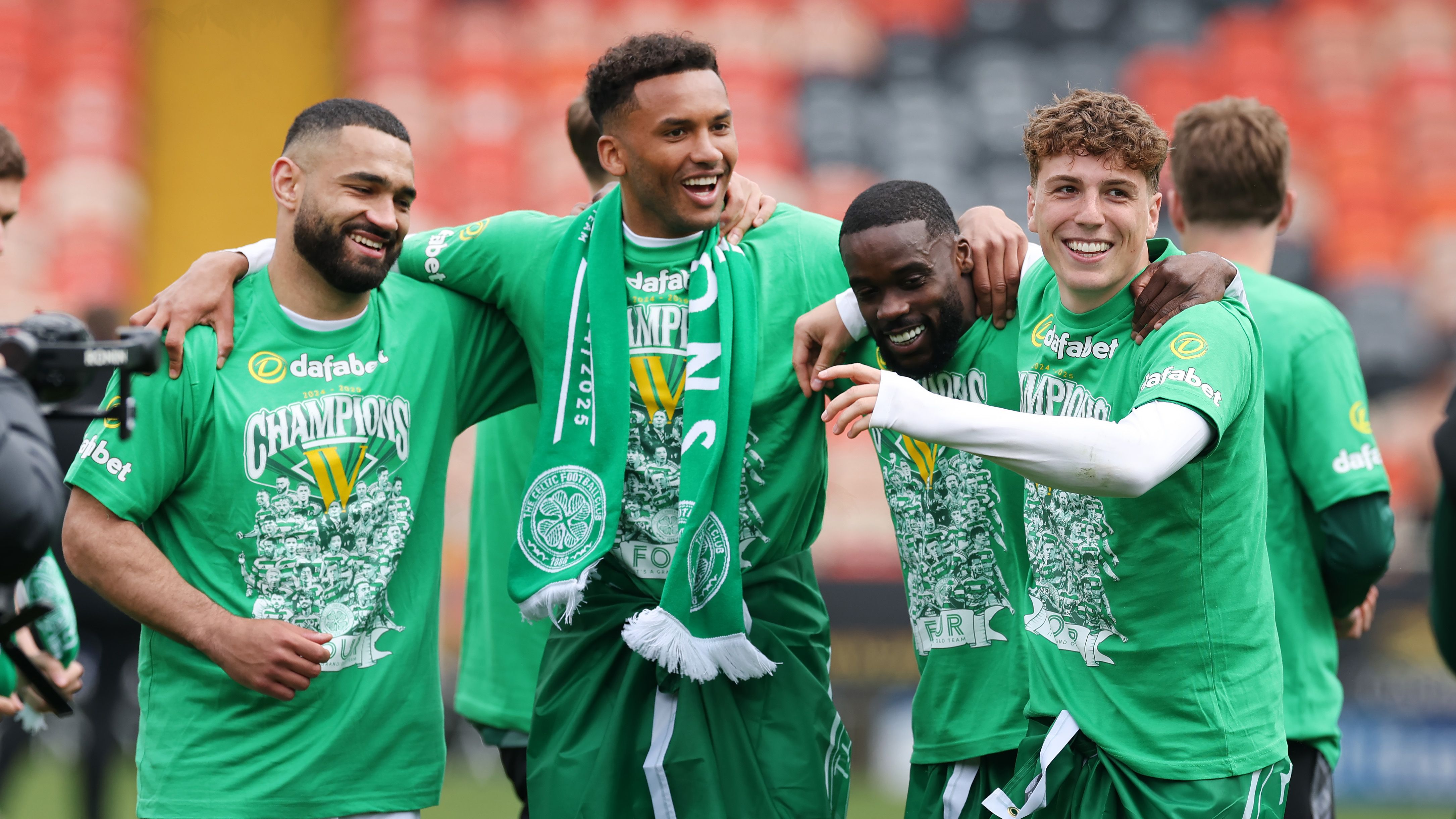
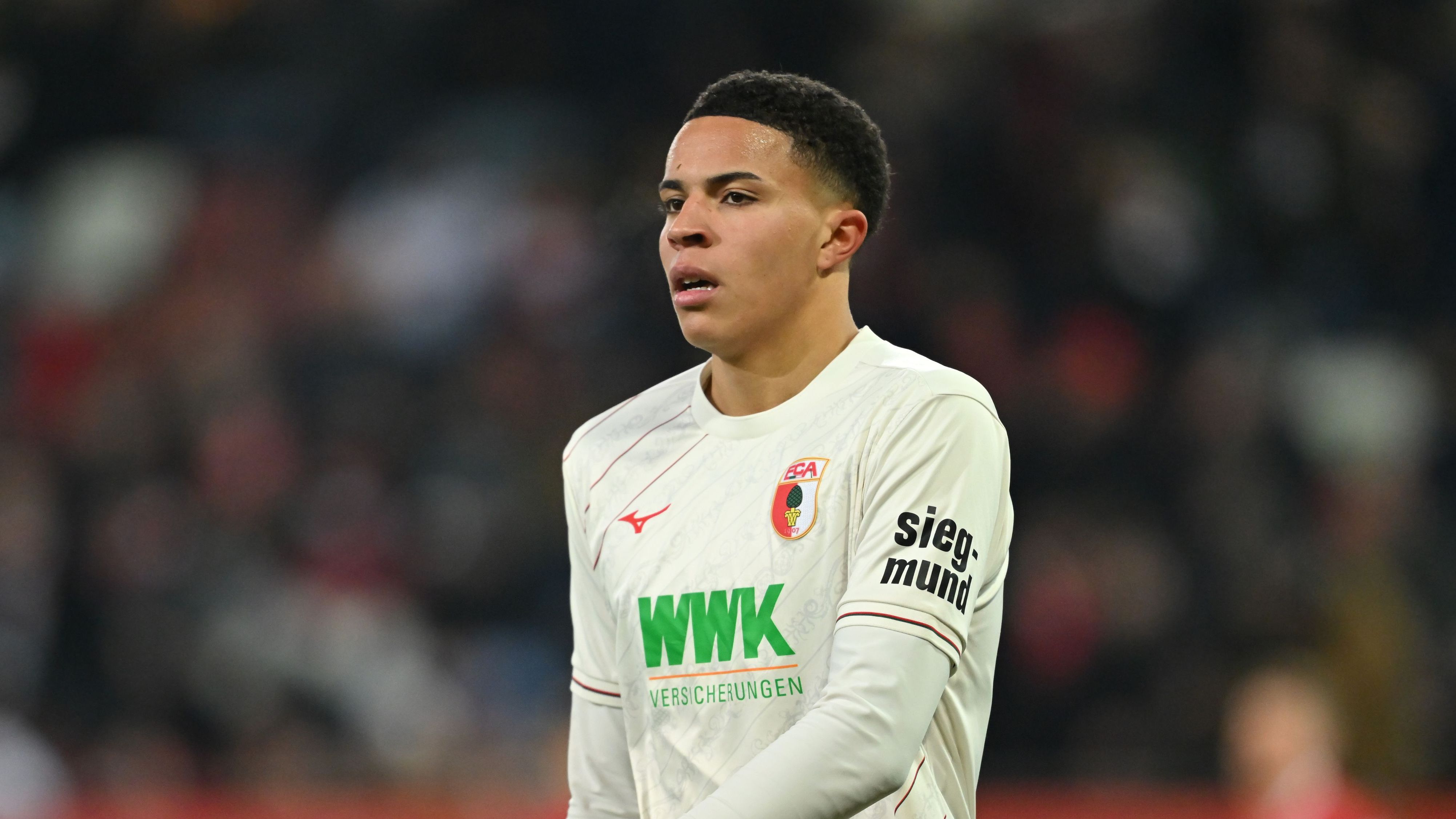
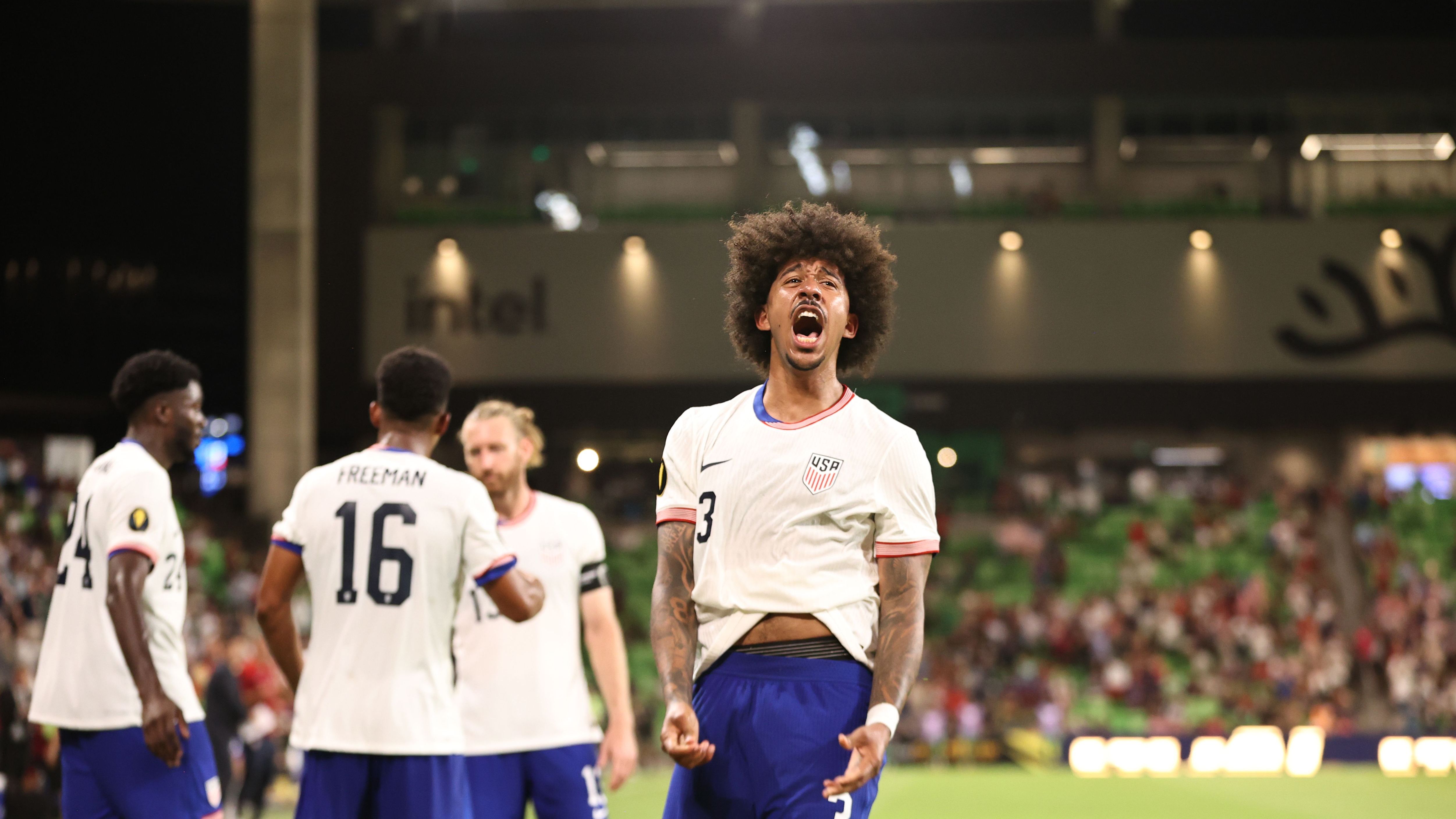
Locked In and Up for Grabs: The Core Contenders
Some spots are set in stone, while others remain fluid. Richards falls into the permanent category, emerging as one of the most dependable figures in the USMNT lineup. No other centerback matches his current reliability. His Gold Cup displays elevated his play, cementing a leadership presence. Now, the debate isn’t about his starting role-it’s whether he could don the captain’s armband.
Tim Ream paired with him consistently during the summer, demonstrating yet again that experience trumps age. While time may eventually take its toll, it hasn’t yet, and Pochettino appears confident in Ream’s staying power through the World Cup. Had the coach prioritized grooming a younger option, he’d have tested them extensively. Instead, sticking with Ream suggests he’s viewed as the prime candidate to flank Richards. For more on Ream’s career stats, check out his profile on Transfermarkt.
Rising Challengers and Their Paths Forward
Mark McKenzie presents an intriguing case within the group. Expectations were high for him to team up with Richards this summer, offering a glimpse of their potential synergy over multiple matches. That opportunity never materialized. Following a challenging outing against Switzerland, he saw limited action, with Pochettino opting for Ream in the Gold Cup.
McKenzie has faced setbacks with the national team, but he’s also lacked a genuine extended trial. Missing out this summer must sting, though he still holds a strong position as the probable third-choice centerback. Recent club form at Genk, where he contributed to a solid defensive record in the Belgian Pro League with only 1.2 goals conceded per game in the 2023-24 season, bolsters his case.
Walker Zimmerman acts as a niche asset, perfectly suited for an expanded 26-man squad. He’s a positive influence in the dressing room and a respected leader, earning admiration from rising stars through his Olympic involvement.
Moreover, he’s adapted well to being a “game-sealer,” akin to a late-game substitute in basketball who locks down the win. This skill is invaluable in knockout formats, and combined with his consistent MLS showings-leading Nashville SC to the playoffs in 2024-he secures his relevance.
Overseas Talents and Domestic Standouts
Miles Robinson was the sole member of this group at the recent USMNT camp, but don’t discount the Celtic pair. Cameron Carter-Vickers and Auston Trusty compete at an elite level in Scotland, including Champions League fixtures.
Crucially, their shared club environment fosters built-in rapport, providing a benchmark for evaluation. However, with Richards firmly entrenched, their partnership won’t directly translate this cycle. Instead, they’ll compete individually to pair with him while driving Celtic’s success. For insights into their Champions League performances, visit UEFA’s Celtic page.
Robinson, meanwhile, aims to maintain his excellence at FC Cincinnati. As an MLS All-Star in 2024 and a regular in Best XI discussions, he’s thriving domestically. Yet, remaining in MLS during his peak years might cap his international growth potential.
Emerging Prospects on the Horizon
Promising young defenders are bubbling up, though their senior USMNT exposure is minimal. Noahkai Banks has represented the U.S. through the U-20s and, after breaking through with Augsburg in the Bundesliga-appearing in 15 matches during the 2023-24 campaign-remains dedicated to the program.
At just 18, Banks is still honing his skills, poised for further growth at club level and eventually with the national team.
Josh Wynder is nearing a first-team debut at Benfica, a club renowned for nurturing talent. They spotted his potential early from his USL days at Louisville City and brought him in two years ago. Still only 20, he’s in the early stages of what could be a long centerback career.
Jalen Neal already boasts six USMNT appearances from 2023. He hasn’t featured since, but his offseason move to CF Montreal has granted him regular starts, aiding his development.
The Chemistry Factor: Building a Winning Pair
The centerback partnership is fascinating in international soccer, demanding more than individual skill-it’s about synergy and trust. Teams with well-honed duos gain an edge, while mismatched pairs must adapt quickly to succeed at elite levels.
This makes late surges into the lineup tougher here than elsewhere on the pitch. Hot streaks alone won’t suffice; players need established track records and bonds to earn a starting nod.
Ultimately, the USMNT’s centerback dilemma boils down to one query: Who complements Richards best? Pochettino has upcoming international windows to experiment with pairings, creating depth. This choice will profoundly influence the team’s 2026 World Cup performance.
What are the main challenges for Pochettino with USMNT defense?
The Current State of USMNT Center Back Depth
Hey soccer enthusiasts, if you’re following the USMNT, you know that center back depth has been a hot topic lately. With the arrival of new head coach Mauricio Pochettino, the spotlight is on how the US men’s national team can solidify its defensive line. Chris Richards has been making waves as a reliable anchor, but there are still plenty of uncertainties lurking in the background. Let’s dive into what this means for the team’s future, especially as they gear up for major tournaments like the 2026 World Cup.
The USMNT center back pool isn’t as deep as some fans might hope, but it’s showing signs of promise. Players like Richards are stepping up, bringing club-level experience from top European leagues. However, injuries, form fluctuations, and aging veterans add layers of complexity that Pochettino must navigate. Keywords like “USMNT center back depth” often pop up in searches because fans are eager to see how this group evolves under new leadership.
Key Factors Influencing Depth
- Youth vs. Experience: Emerging talents like Chris Richards offer fresh energy, while veterans provide stability.
- Club Performances: How players perform at clubs like Crystal Palace or Celtic directly impacts national team call-ups.
- Injury Concerns: Recurring issues can disrupt the best-laid plans for USMNT defenders.
Chris Richards: The Emerging Anchor for USMNT Defenders
Chris Richards is quickly becoming the cornerstone of the USMNT’s defense. Playing for Crystal Palace in the Premier League, Richards has shown maturity beyond his years. At just 24, he’s already racked up impressive stats, including strong passing accuracy and aerial dominance-key traits for any top center back.
What sets Richards apart in the USMNT center back depth conversation? His versatility. He can play as a traditional center back or even shift into midfield if needed, making him a flexible option for Pochettino’s tactics. Fans searching for “Chris Richards USMNT” will find stories of his journey from FC Dallas academy to European stardom, highlighting his potential to anchor the backline for years to come.
Richards’ Strengths and Stats
Let’s break it down with some quick highlights:
- Premier League Experience: Consistent starts at Crystal Palace, facing world-class attackers.
- International Caps: Over 15 appearances for the USMNT, with growing leadership roles.
- Defensive Metrics: High tackle success rate (around 70%) and excellent ball recovery skills.
| Player | Club | Age | USMNT Caps |
|---|---|---|---|
| Chris Richards | Crystal Palace | 24 | 16 |
| Tim Ream | Charlotte FC | 36 | 56 |
| Miles Robinson | FC Cincinnati | 27 | 29 |
| Cameron Carter-Vickers | Celtic | 26 | 16 |
This table showcases some top USMNT defenders, illustrating the mix of youth and experience in the center back depth.
Challenges and Uncertainties for Pochettino in USMNT Center Back Depth
Mauricio Pochettino, the new USMNT coach, steps into a role filled with promise but also pitfalls. While Chris Richards emerges as an anchor, Pochettino faces lingering uncertainties. For instance, Tim Ream’s age (he’s 36) means the team can’t rely on him forever, and injuries to players like Miles Robinson have exposed vulnerabilities.
Searches for “Pochettino USMNT challenges” often reveal concerns about depth. The coach must balance integrating young talents with maintaining defensive solidity. What if Richards picks up an injury? Who’s next in line? Options like Auston Trusty or Mark McKenzie are there, but consistency is key.
Lingering Questions
Here are some uncertainties Pochettino must address:
- Backup Reliability: Can players like Cameron Carter-Vickers step up consistently?
- Tactical Fit: How will Pochettino’s high-pressing style affect the center backs?
- Scouting New Talent: Is there untapped potential in MLS or abroad for USMNT center back depth?
Key Players in the USMNT Defenders Mix
Beyond Chris Richards, the USMNT center back depth includes several notable names. Miles Robinson, now at FC Cincinnati, brings MLS pedigree and recovery speed. Cameron Carter-Vickers at Celtic offers Scottish Premiership toughness, while Auston Trusty (also at Celtic) adds depth with his ball-playing ability.
Don’t forget veterans like Tim Ream, whose experience from Fulham and now Charlotte FC could mentor the younger crew. Pochettino’s challenge is to blend these talents into a cohesive unit, ensuring the USMNT defenders are ready for international competition.
Potential Solutions and Strategies for Strengthening Depth
To tackle these uncertainties, Pochettino could focus on strategic call-ups and training camps. Encouraging dual-national players or scouting academies might unearth hidden gems. For fans interested in “USMNT center back strategies,” think about hybrid formations that maximize Richards’ strengths while covering weaknesses.
Practical Tips for Aspiring USMNT Defenders
If you’re a young player dreaming of the USMNT, here are some actionable tips inspired by Chris Richards’ rise:
- Build Versatility: Train in multiple positions to become indispensable.
- Focus on Fitness: Prioritize injury prevention to maintain consistent form.
- Study the Game: Analyze Premier League matches to learn from pros like Richards.
- Seek European Exposure: Aim for loans or moves abroad to gain high-level experience.
Case Studies: Lessons from Past USMNT Defensive Setups
Looking back, the USMNT’s performance in the 2022 World Cup offers valuable insights. With Richards partnering with Tim Ream, the team showed resilience against teams like England. However, depth issues surfaced when substitutions were needed, highlighting the need for reliable backups.
Another case: The 2021 Gold Cup, where Miles Robinson’s heroics led to a title, but his subsequent injury exposed gaps. These examples underscore why Pochettino must prioritize building robust USMNT center back depth.
Benefits of Strong Center Back Depth for the USMNT
A deep pool of center backs isn’t just about avoiding crises-it’s a game-changer. Benefits include:
- Increased Tactical Flexibility: Coaches like Pochettino can experiment without fear.
- Better Injury Management: Rotate players to keep everyone fresh.
- Long-Term Success: Grooming talents like Richards ensures continuity beyond 2026.
- Competitive Edge: Strong defense wins tournaments, boosting USMNT’s global standing.
In essence, investing in center back depth could propel the USMNT to new heights, making them contenders on the world stage.
First-Hand Experience: A Fan’s Perspective on USMNT Matches
As a dedicated USMNT fan who’s attended several matches, I’ve seen the impact of center back depth firsthand. During a friendly against Mexico last year, Chris Richards’ commanding presence shut down threats effortlessly. But when a sub came on, the uncertainty was palpable-passes went astray, and the crowd held its breath. It’s moments like these that highlight why Pochettino’s role in addressing these issues is crucial. If you’re at a game, watch how the backline communicates; it’s a telltale sign of depth quality.


